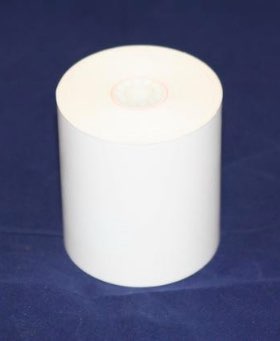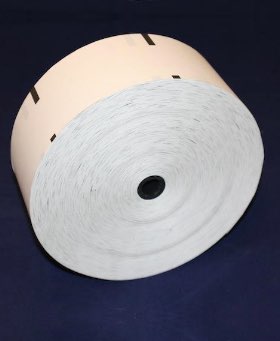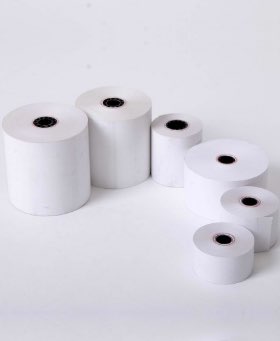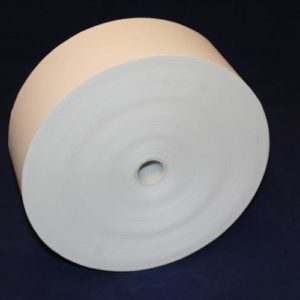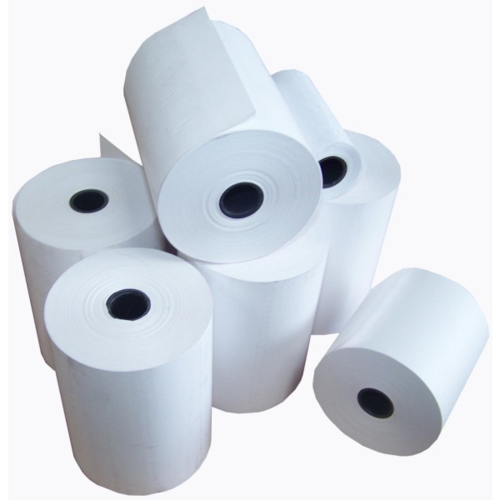
Thermal Paper and Its Composition: All You Need to Know
While paying for any product or service, you must have seen receipts with a slightly shiny appearance and some heaviness. These paper receipts are known as thermal paper. These are the type of receipts that can be printed anywhere, any time, without the need for printer inks or paper.
Graphic Tickets and Systems has been creating high-quality thermal paper for clients involved in several industries, including medical reports, POS receipts, and credit card slips. Therefore, before you begin your conversion from a traditional form of account keeping, you must understand each facet of creating a good quality thermal paper. Also, you can get to know how experts at Graphic Tickets and Systems can help in getting high-quality and long-lasting thermal paper for your business needs.
What is the composition of thermal paper?

The thermal paper composition has several layers, each playing an important role in the overall performance. Crafting thermal paper involves a combination of core components: Base Paper, as well as Clay Coating and Primer (glue) to act as an adhesive. Last but not least, the entire process is sealed with an effective thermal coating.
Base paper-
The foundation of the thermal paper begins with its base layer, a sheet customized and designed for thermography. This is then coated in a heat-sensitive coating to form the final product.
The top layer consists of a special coating that is sensitive to heat. The heat source can be either an electronic thermal printer head or a conventional heating element.
Precoat layer/ Clay Coating-
Adding a precoat layer to your thermal insulation will not only enhance its heat retention but also provide greater smoothness, uniformity, and stability.
This second layer is usually made from plain paper stock. However, sometimes clay-coated base papers are also used for improved load capacity and durability under high-speed printing conditions. This substrate provides mechanical strength and rigidity to the thermal paper.
Thermal layer
Thermal layer technology allows you to create beautiful images with a thermal reaction. When heated, the paper becomes black due to chemicals such as dye, developer, and sensitizer. This method is highly effective in producing exquisite visuals that captivate audiences.
This layer is a backing material that provides even more mechanical strength but also serves as a barrier between the medium and external environment, protecting it from moisture or other factors that could otherwise cause smudging. Depending on its intended use, different types of thermal papers may incorporate additional layers for specialized performance characteristics.
Thermal Paper Technology
Thermal paper technology has been around since the early 1950s and continues to evolve with advances in printing technology. Today’s thermal papers can be matched to specific needs, such as receipt rolls, patient wristbands, restaurant menus, tags & labels, and much more. Different types of thermal paper are available depending on application requirements, such as resistance to fading, grease/water resistance, printability, and cost considerations.
How does Thermal Paper Work?
Thermal paper is a special type of paper that has been treated with heat-sensitive chemicals, making it capable of storing images or text without ink. It comprises three layers: an upper layer coated in dye, a middle layer made up of a substrate, and a lower layer containing a coating of chemically-treated leuco dyes.
The top layer contains the dye, which will react to pressure and heat by changing colors. The bottom layer provides insulation for the thermal paper, allowing it to retain the image until it is heated again. The middle layer acts as both an insulator and an adhesive, keeping all three layers together, so they don’t separate during printing or handling.
The technology behind thermal paper works by using sensitive dye molecules activated by heat. When a printer or a thermal paper reader is used, it heats the paper to release these molecules and cause them to take on a new color. This allows the paper to store information without the need for ink or toner cartridges, making it an environmentally friendly printing option. Additionally, thermal paper is often less expensive than traditionally printed paper as it does not require any special equipment to be used for it to work properly. Thermal paper can also last longer than other types of printing media due to its robust construction and chemical composition.
Thermal paper comes in many varieties, including coated and uncoated options. Coated thermal papers are usually made with a thin layer of plastic, which helps to protect the paper and make it more resistant to scratching or fading. Uncoated thermal papers tend to be usable and thinner than coated options, making them both affordable and easy to use in a wide range of applications.
Overall, thermal paper is an incredibly useful printing technology that can help save time, money, and resources. Whether you are looking for a more eco-friendly option or just need something quick and easy to use, thermal paper may be the perfect solution for your needs. With its heat-sensitive properties, robust construction, and affordability, it’s no wonder why this type of printing media has become so popular over the years.
What are the Advantages of Thermal Paper?
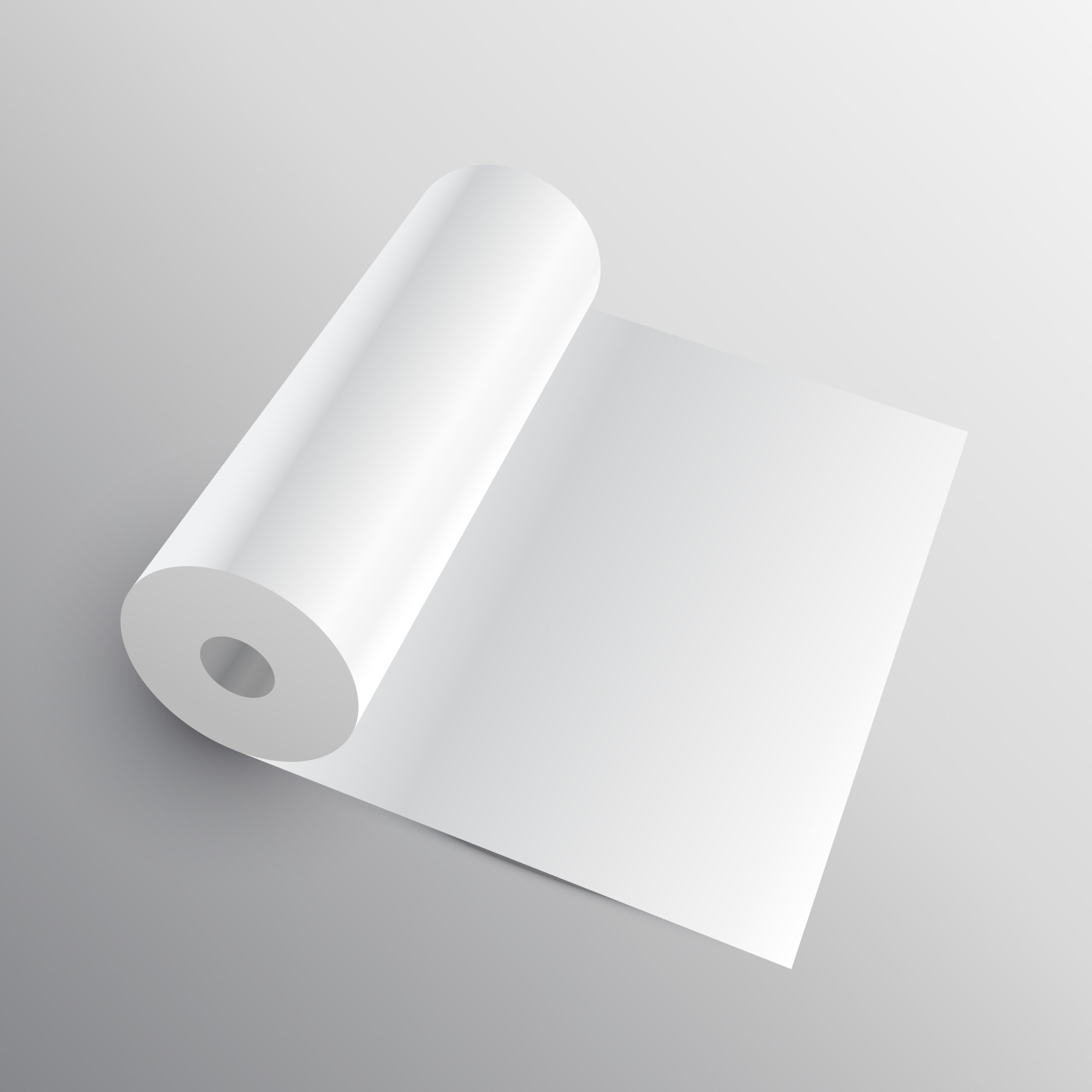
The composition of thermal paper is what makes it such an effective printing material. It consists of a base layer, usually made from wood pulp or polyester, coated with a leuco dye chemical. This leuco dye reacts to heat, turning black when exposed to temperatures above 40°C (104°F). The paper’s base layer and other components are usually treated with additional chemicals like waxes, resins, and colorants to increase its longevity.
There are many advantages associated with using thermal paper for printing documents. First and foremost, it produces crisp, clear images without requiring printer ribbons or ink cartridges. Thermal papers have increased durability due to the special coatings on their surface and can last up to 8 years if stored properly.
They also have a low cost of ownership since they don’t require additional printer supplies or maintenance. Furthermore, thermal paper produces very little waste as it does not need to be replaced frequently.
While there are multiple benefits associated with using thermal paper, some users may experience certain drawbacks when using this printing material. These include the tendency for thermal paper to curl after prolonged exposure to high temperatures and humidity and its susceptibility to fading over time due to exposure to light. Additionally, because of the nature of the leuco dye used in thermal papers, it is difficult for them to produce colors other than black without special color wax-coated ribbons or additional chemicals.
Conclusion
Graphic Tickets and Systems has had two decades of experience creating high-quality thermal paper rolls. Our experts treat each client as their first and ensure that they are provided with the best quality thermal paper rolls according to the requirements of our clients.

